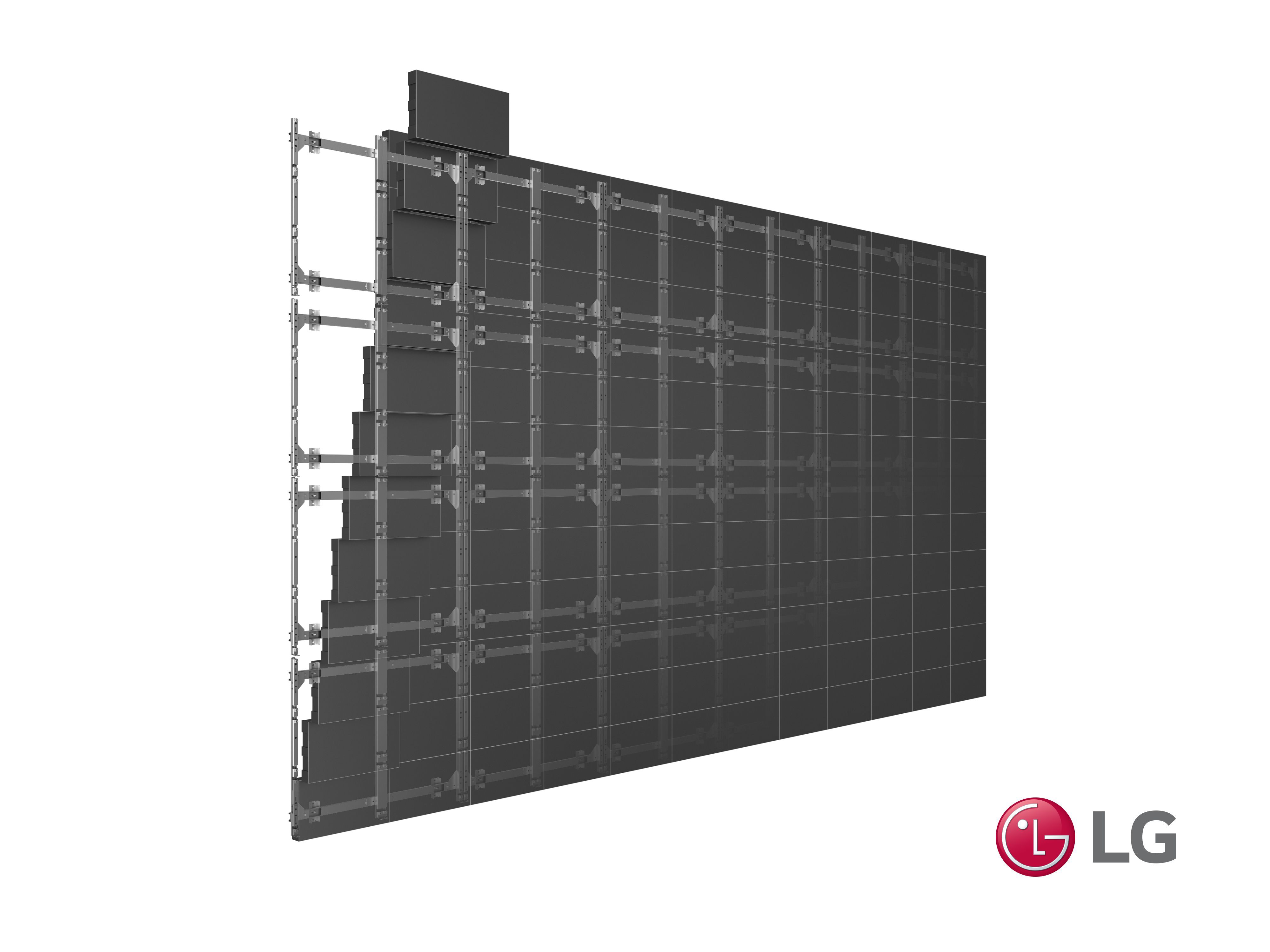
Traditional display methods, like CRTs, have been present for many years. They were commonly used in TVs and computer monitors. However, CRTs have a shorter lifespan, generally lasting around 10,000 to 20,000 hrs of use. This means that after a few of years, users may notice a deterioration in picture clarity, such as fading or color distortion. In contrast, LED wall screens can last significantly longer, frequently exceeding 50,000 hrs. This extended duration means that users can enjoy consistent performance without the requirement for frequent replacements.
Another important factor to take into account is energy efficiency. LED panel screens consume less power than traditional screens, which not only helps the ecosystem but also lowers electricity costs. For instance, while a CRT monitor may use approximately 100 W of power, an LED panel can use as little as 30 to 50 W. This discrepancy in power consumption contributes to the total longevity of LED technology, as reduced energy usage generates minimal thermal energy. Excessive heat can harm electronic parts, resulting to a shorter duration for conventional displays.
In addition to their longer lifespan and power efficiency, LED panel screens also provide superior image clarity. They offer more vivid colors and better contrast, making them ideal for various uses, from marketing to learning presentations. The innovation behind LED panels enables for a broader sight perspective, meaning that images remain sharp and lively even when viewed from the flank. This is a significant benefit over traditional displays, which frequently experience from hue distortion and reduced luminosity at broader perspectives.
In summary, the longevity of LED panel screens in contrast to visit their website traditional display technologies is a key aspect for buyers to take into account. With lifespans that can exceed 50,000 hours, energy conservation, and enhanced visual clarity, LED technology provides many advantages. As innovation continues to progress, LED panel screens are likely to become even more common in various settings. Grasping these distinctions can help individuals and organizations make improved decisions when purchasing in screen technology, ensuring they receive the best value for their needs.